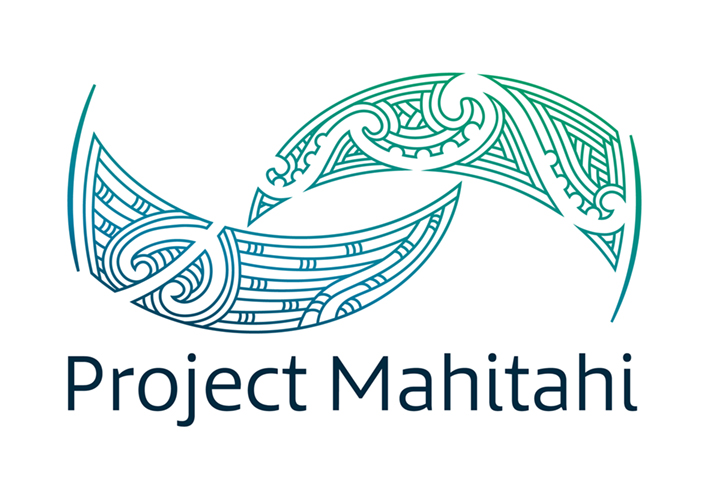
What is Project Mahitahi?
Project Mahitahi is a ground-breaking, collaborative effort to restore the ecosystem of the Maitai/Mahitahi Valley.
The vision of Project Mahitahi is to see the mauri (or life force) of the Maitai/Mahitahi Valley restored – ki uta ki tai – so that native plants and wildlife can thrive within a functioning and connected ecosystem, and people and communities are inspired to nurture and value the Mahitahi as a taonga for past, present, and future generations.
Project Mahitahi has funding of $1.7 million from Ministry for the Environment to implement an ecological restoration plan for the Maitai catchment, and $2 million from the Department of Conservation Kaimahi for Nature fund.
Over five years Project Mahitahi will provide local employment opportunities as part of the COVID-19 recovery plan, plant 125,000 trees (including taonga species), restore 1.3 hectares of wetlands, and carry out pest plant control in the Maitai/Mahitahi and Brook Wāimarama catchment. The ecological restoration plan for the project has the following goals:
- enhanced water quality
- a reduction in weeds that will help to reduce the spread of invasive plant species across a wider area
- habitat improvement
- the preservation of indigenous tree and plant species, some of which are found only in the Mahitahi (Maitai) Valley
- the development of a food corridor that will support the movement of native bird species across the Nelson region
- benefits for taonga species such as kōura/freshwater crayfish, tuna/eels, inanga/native fish




